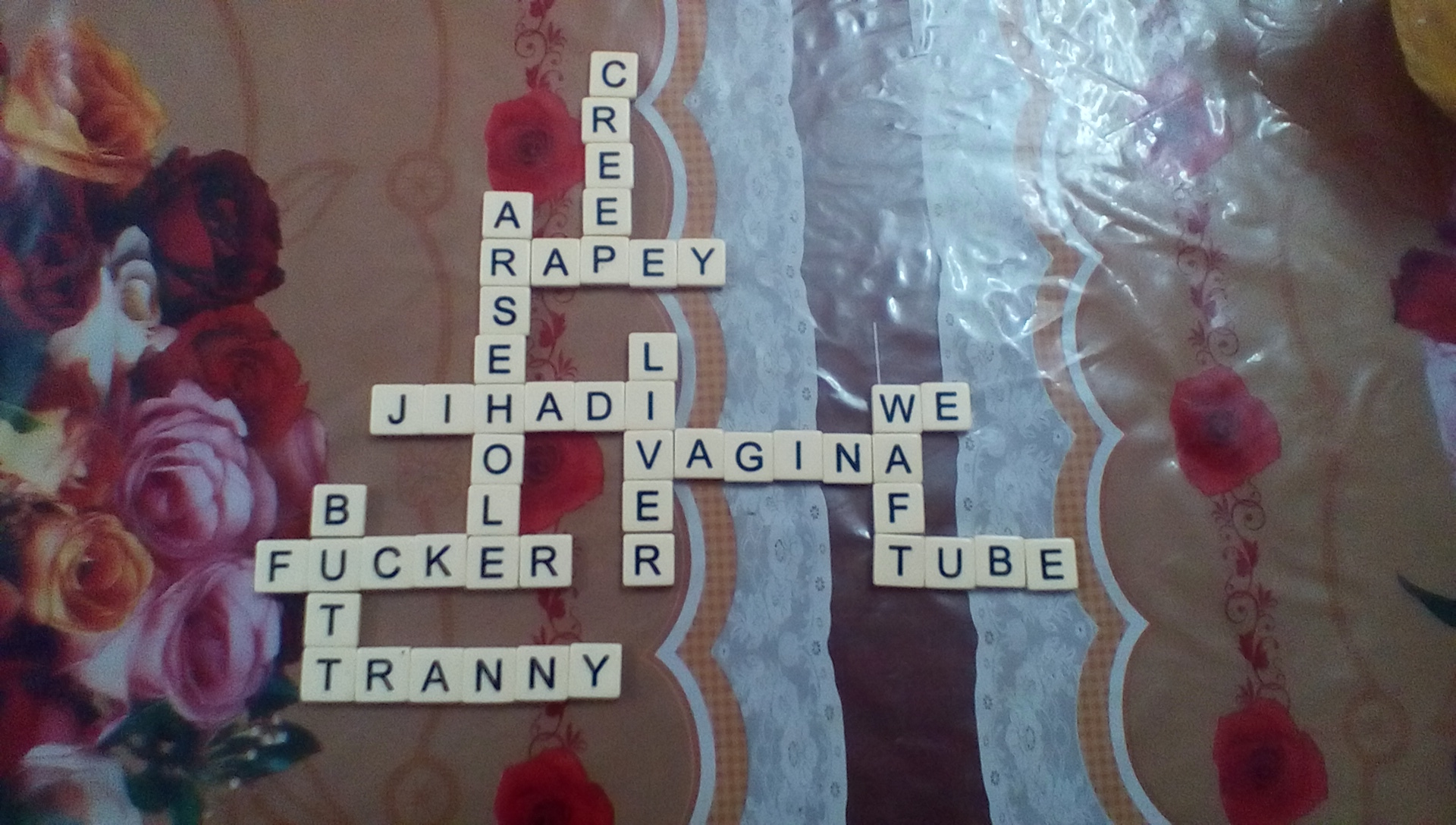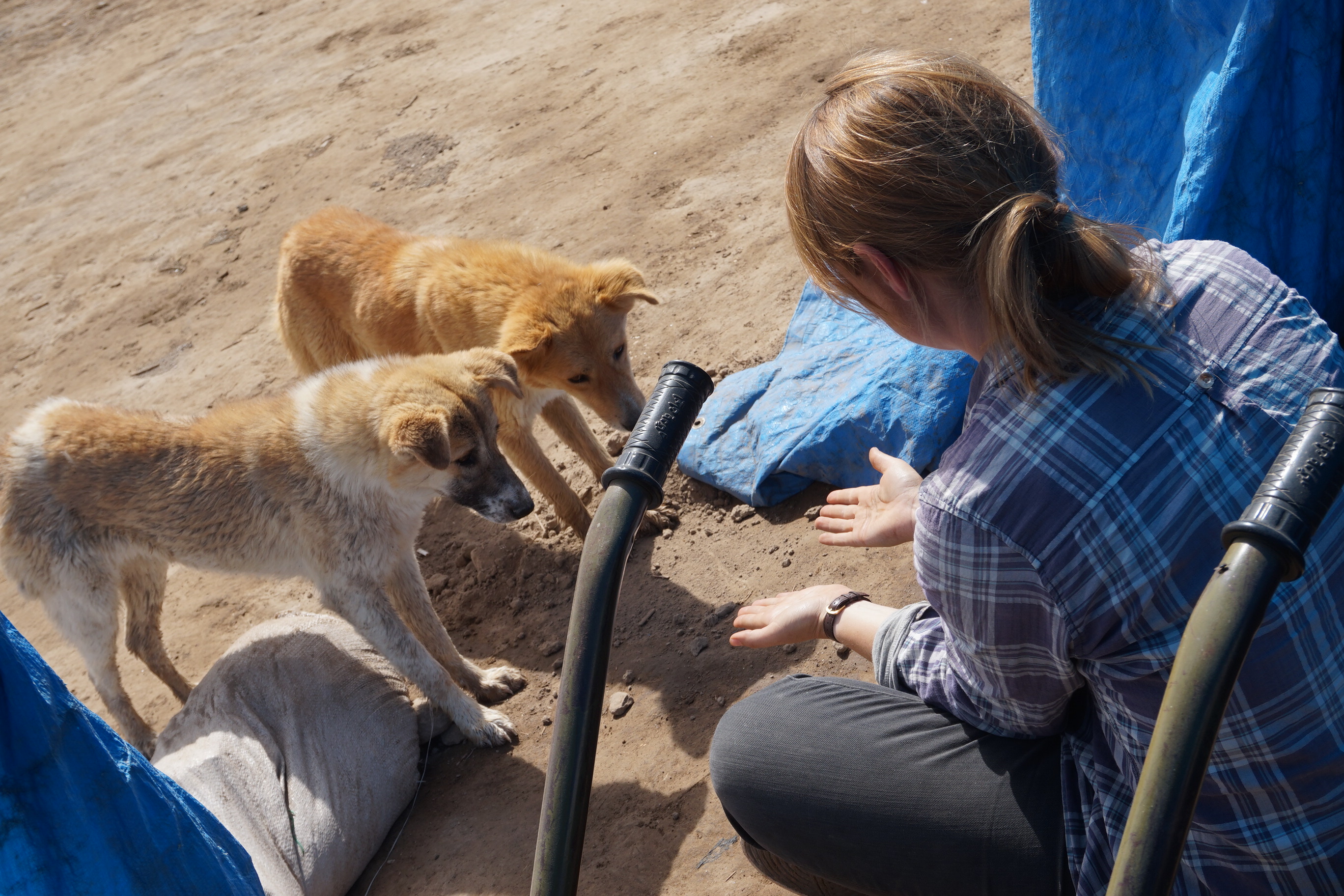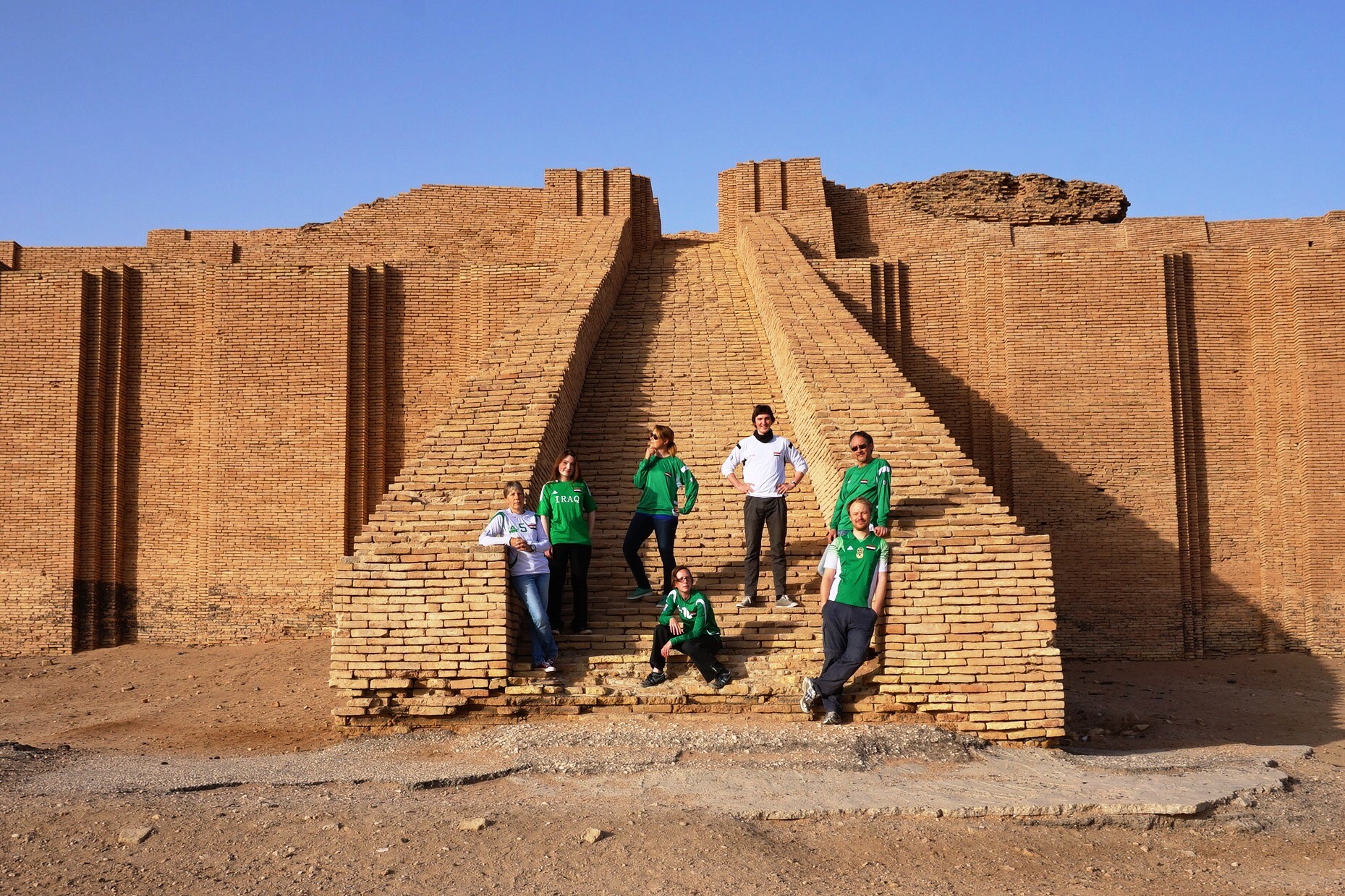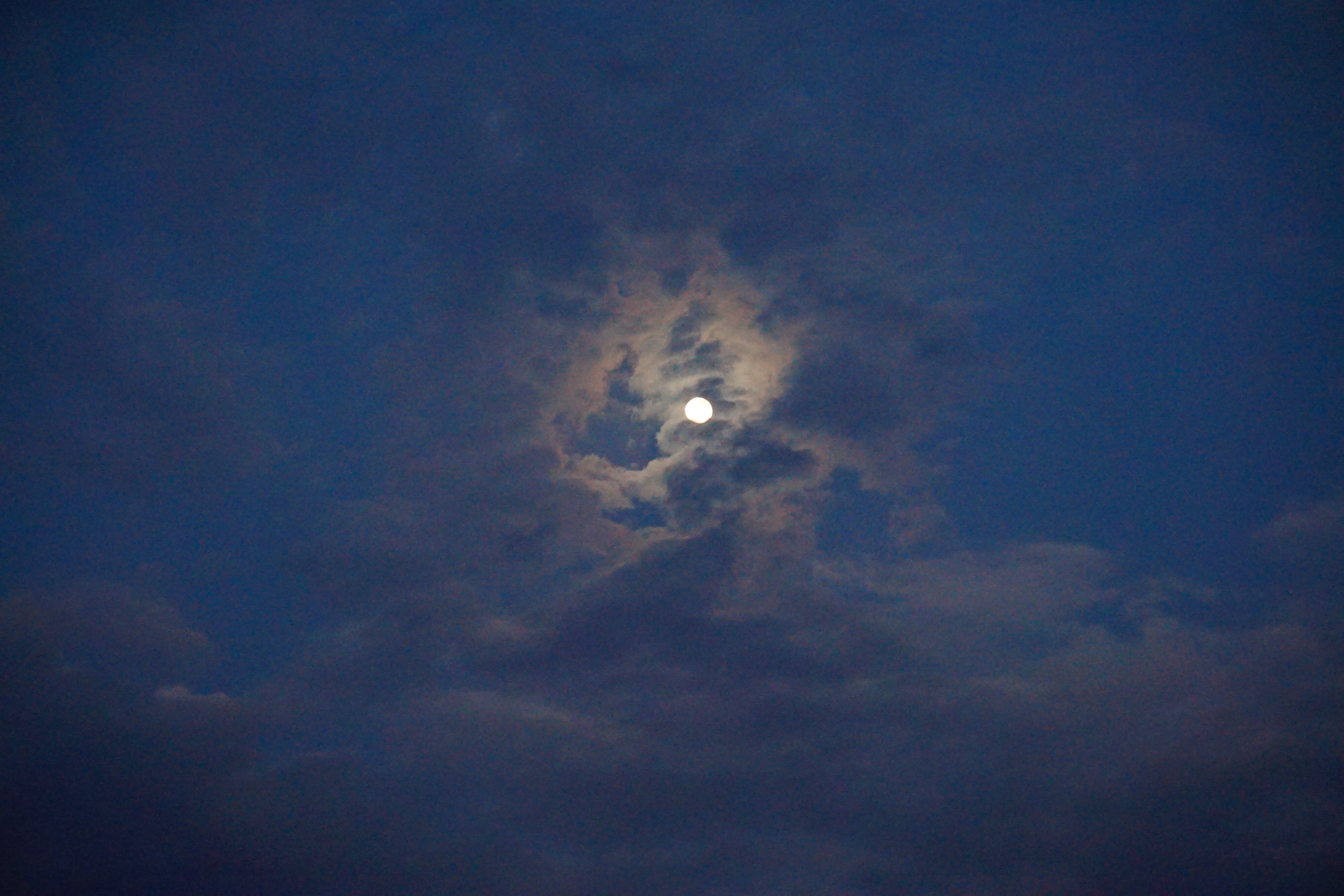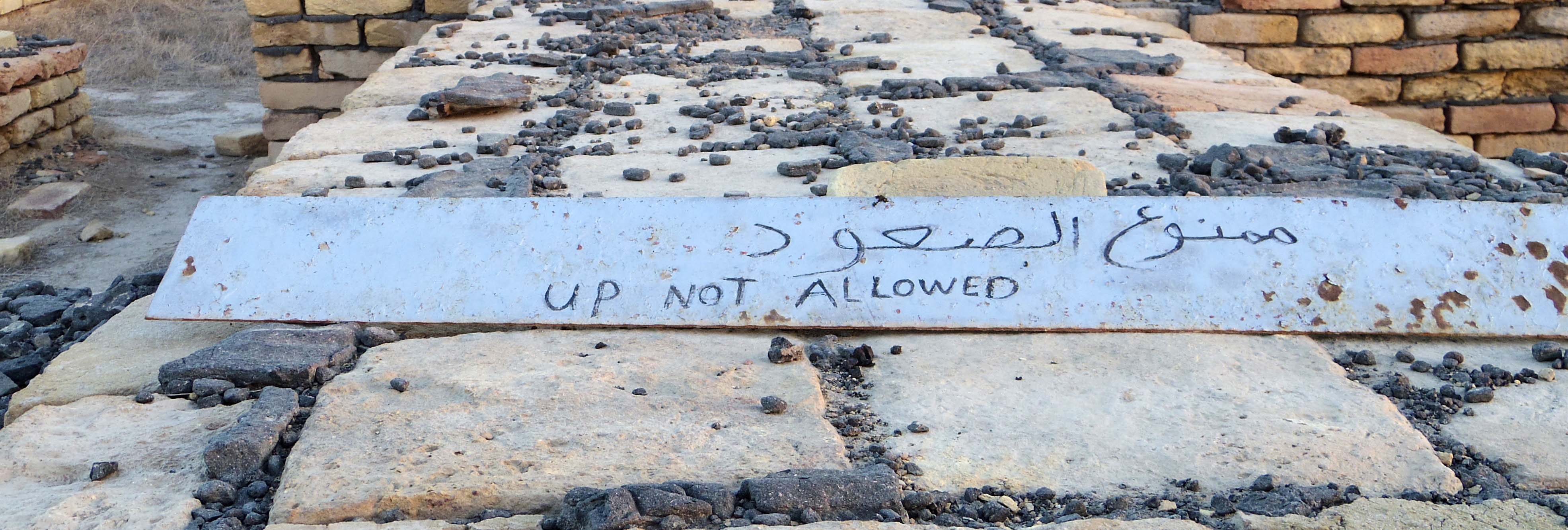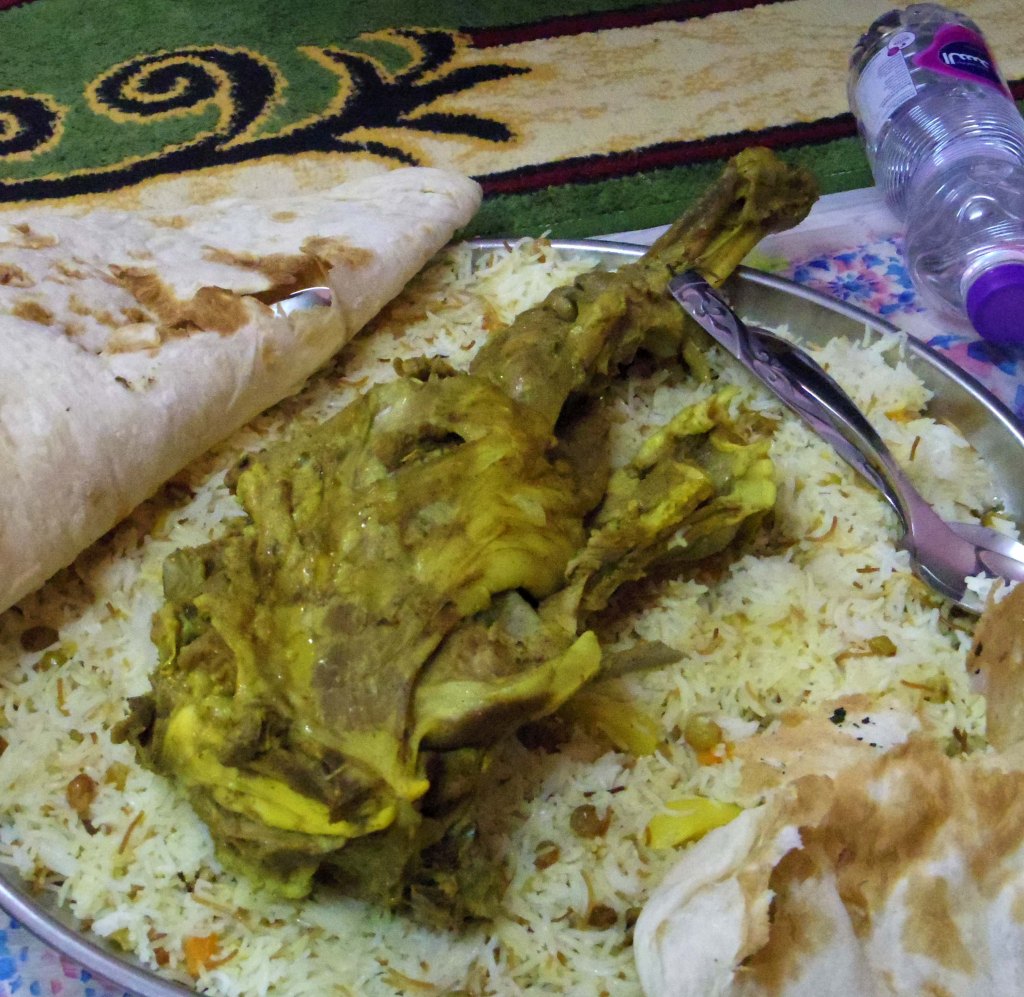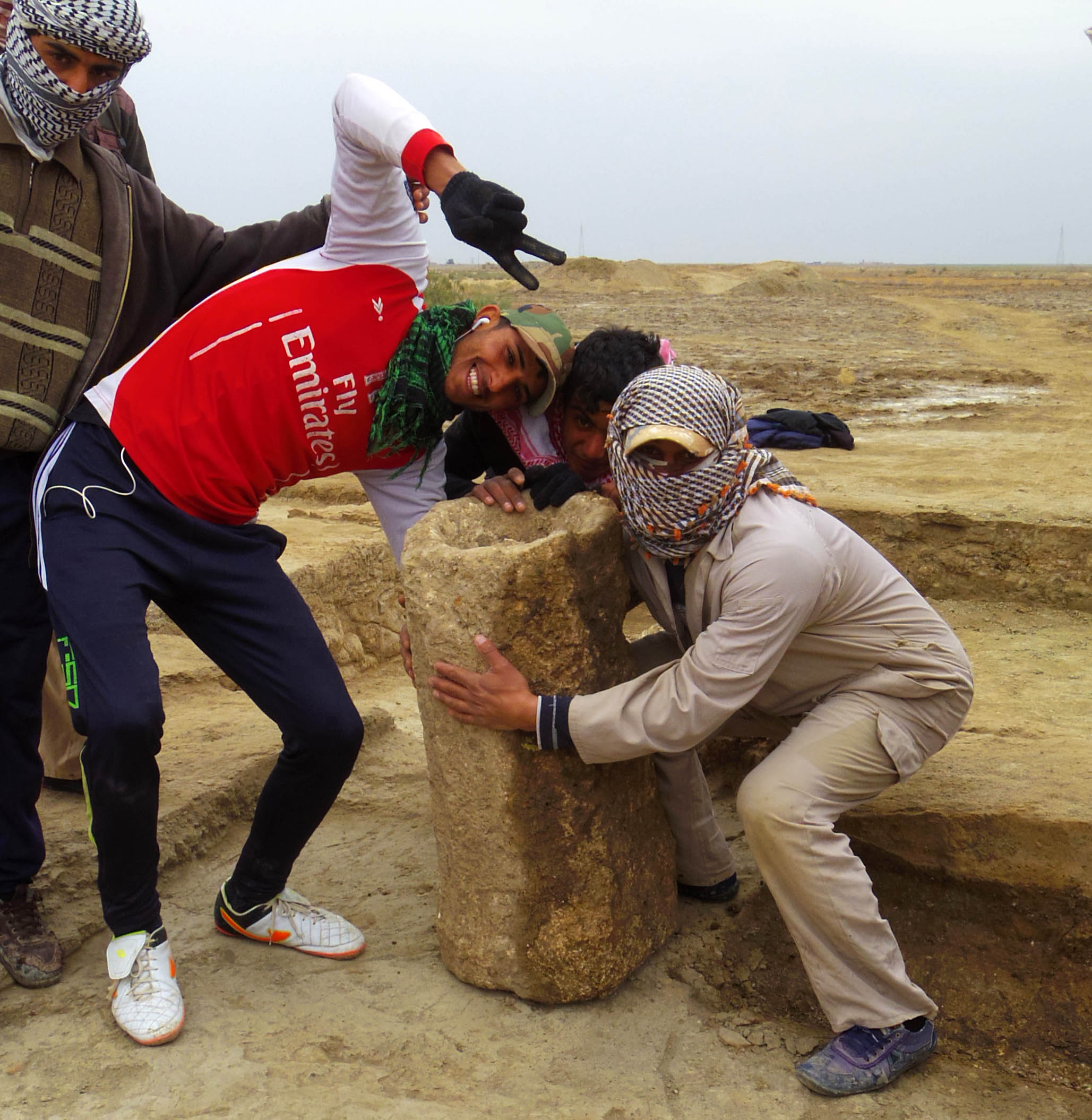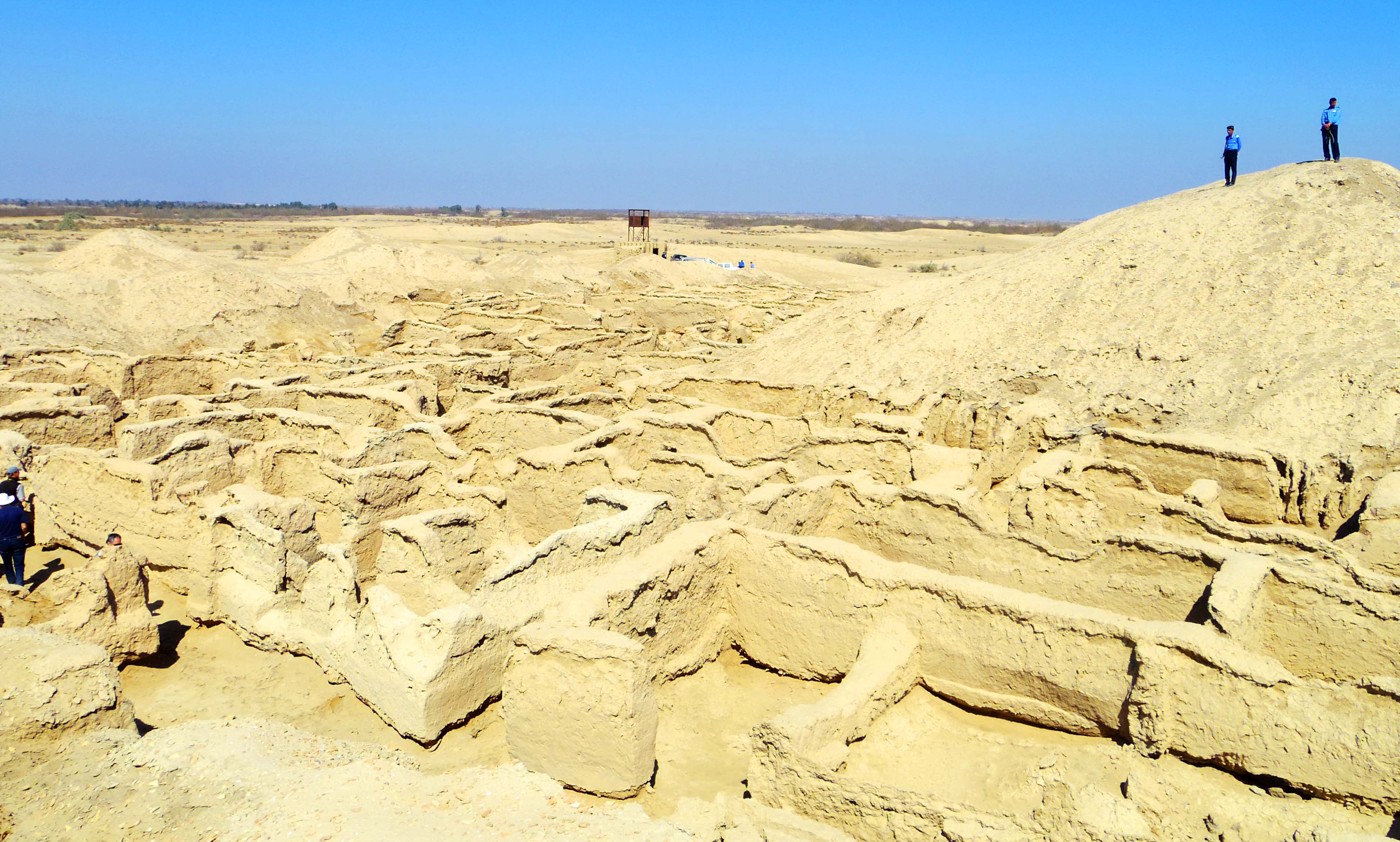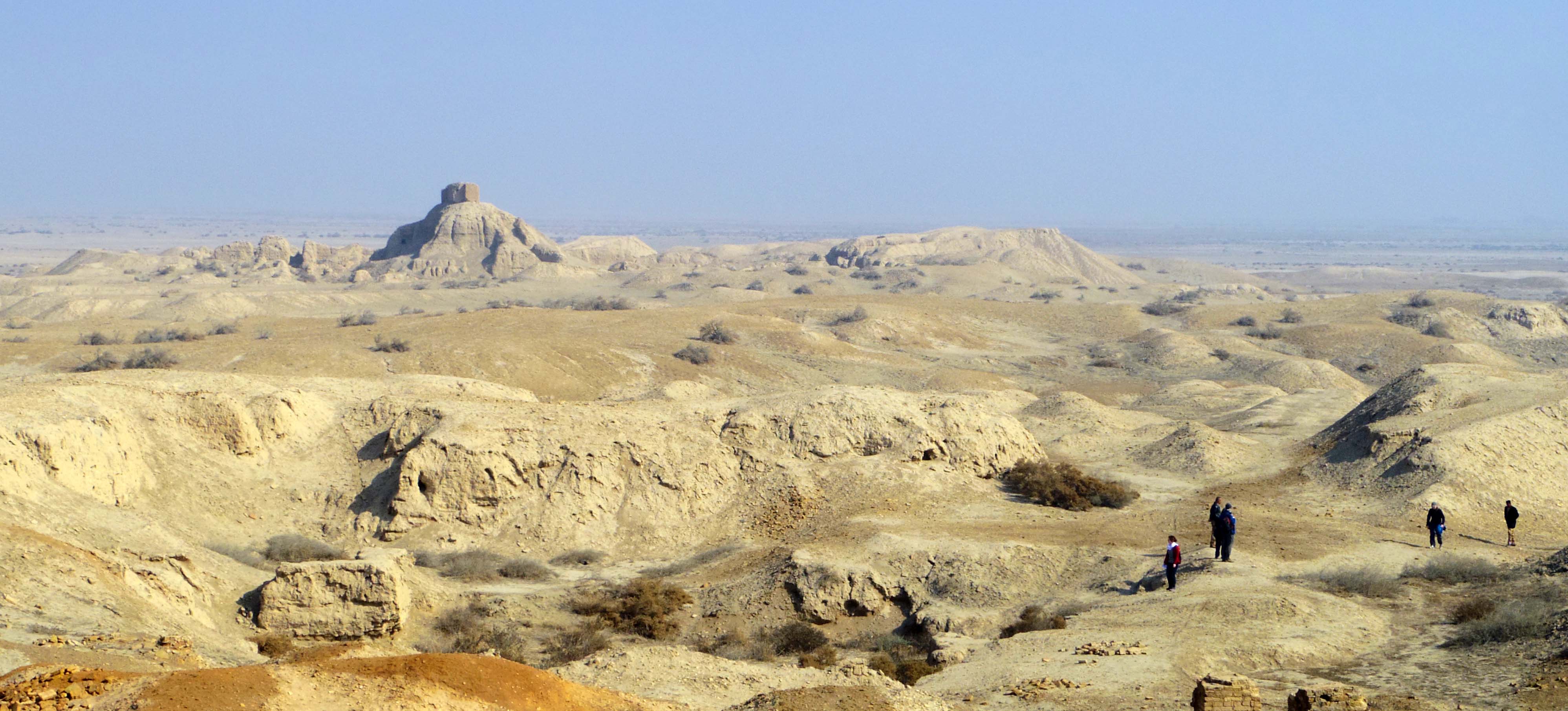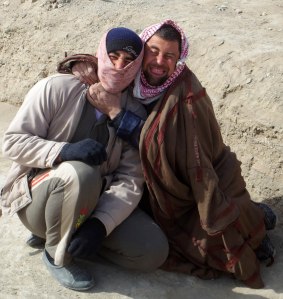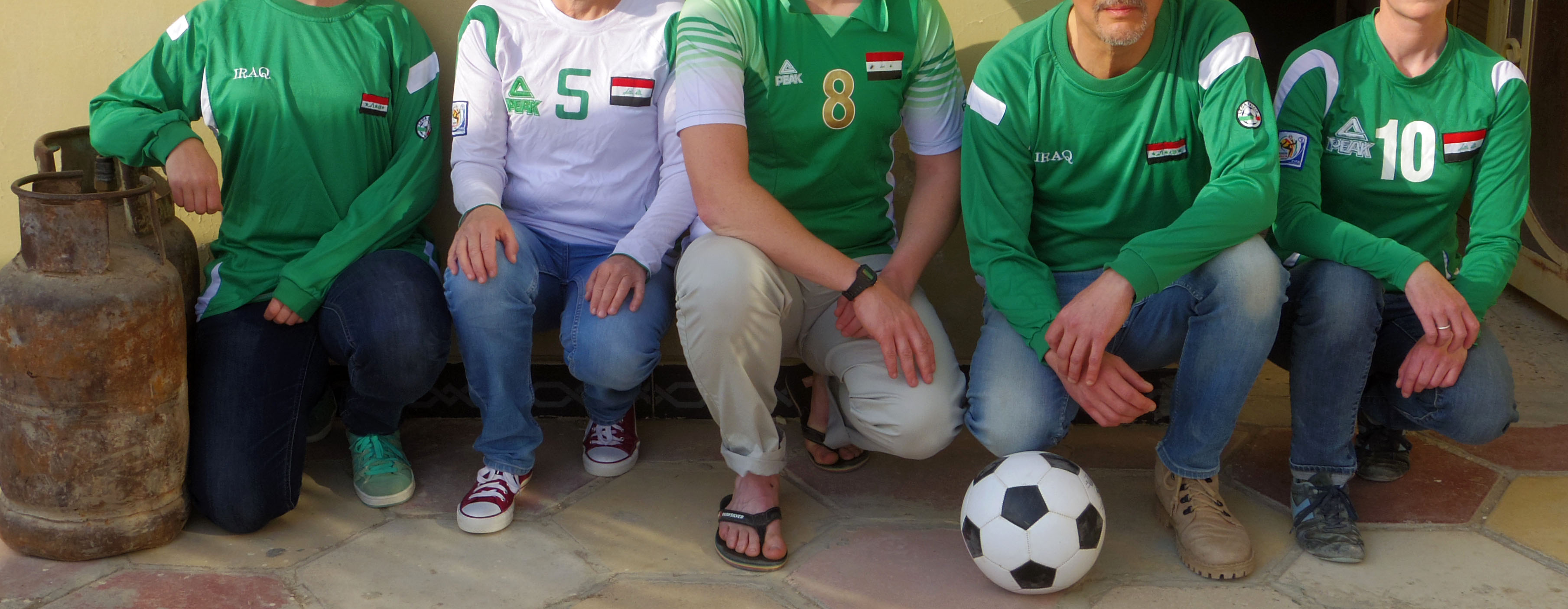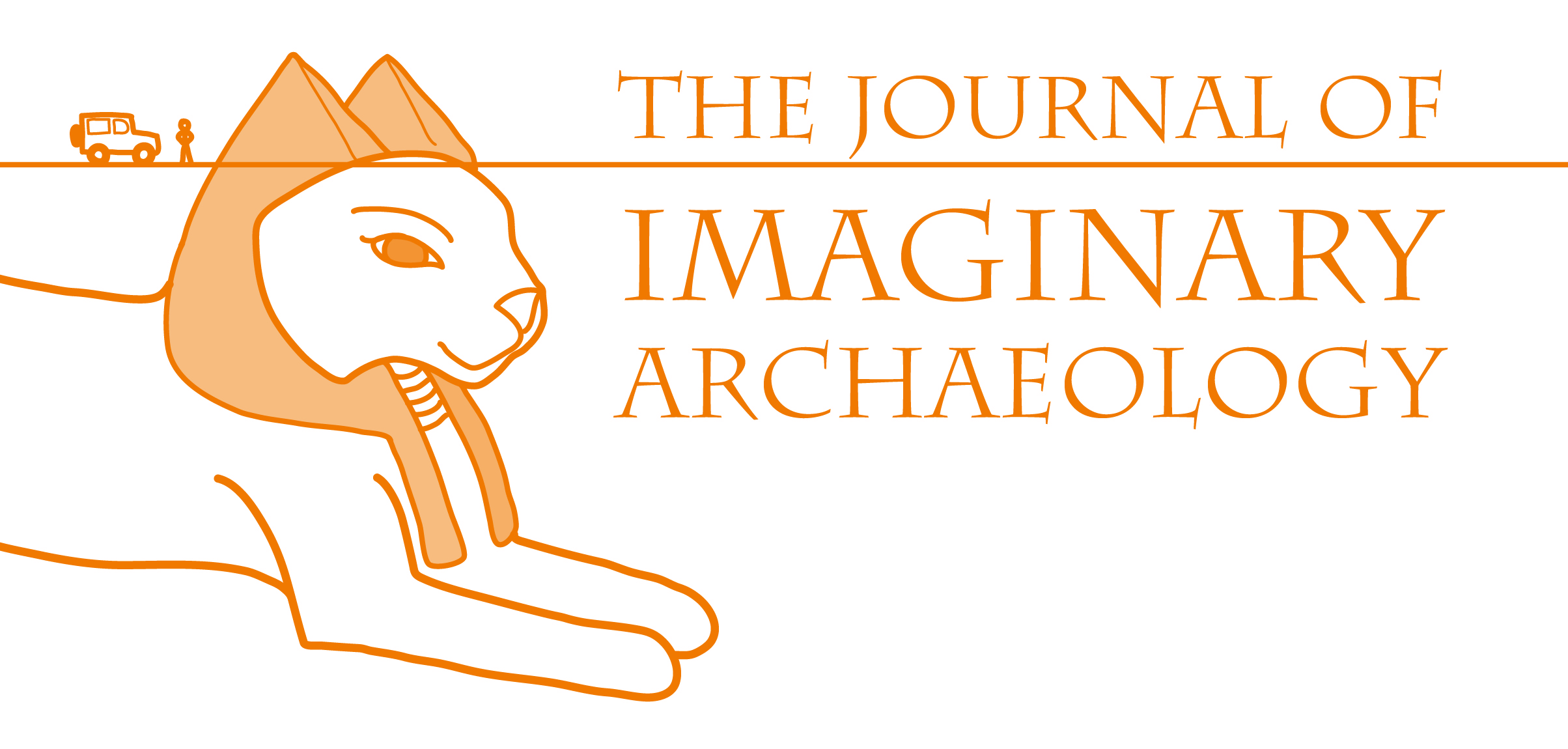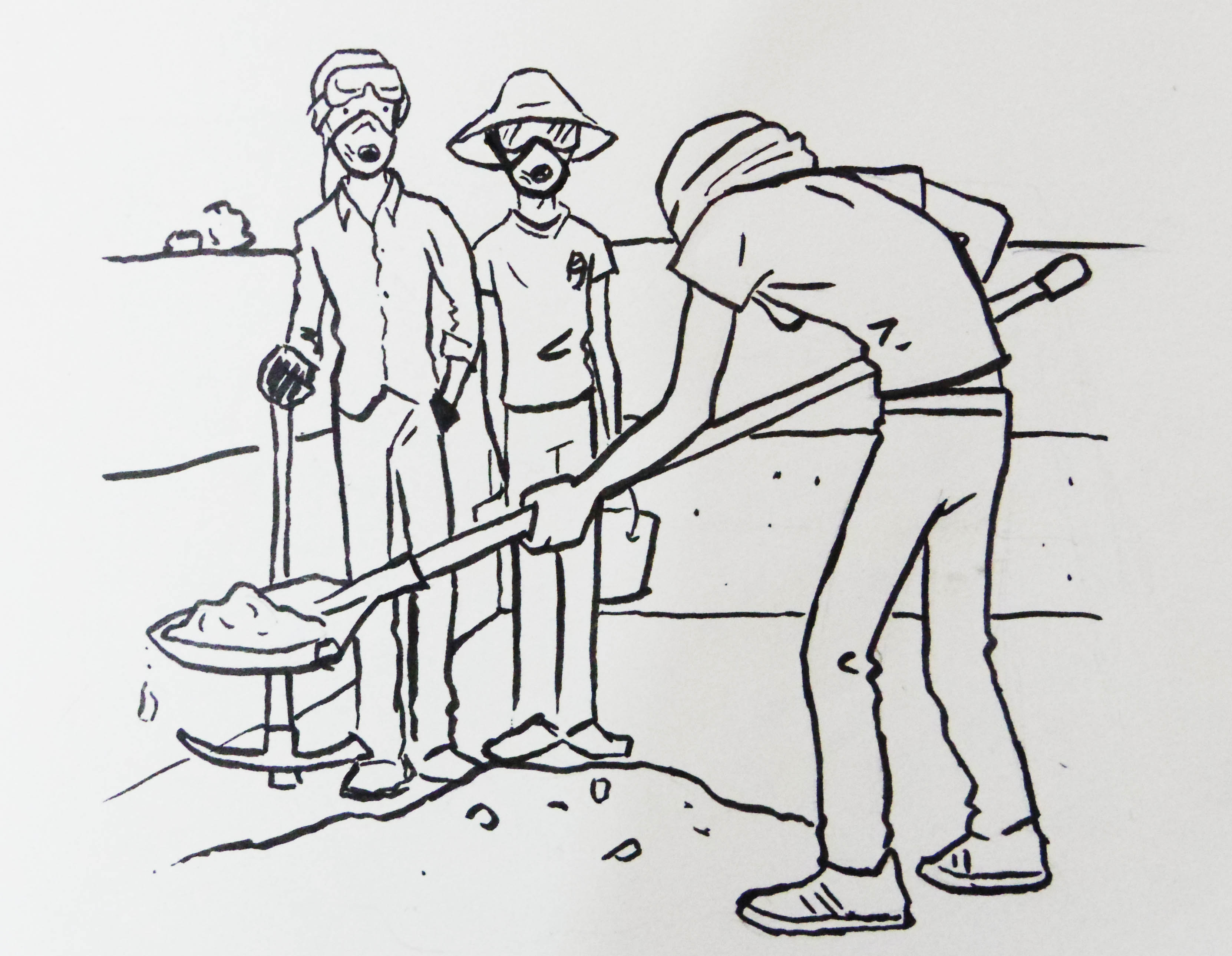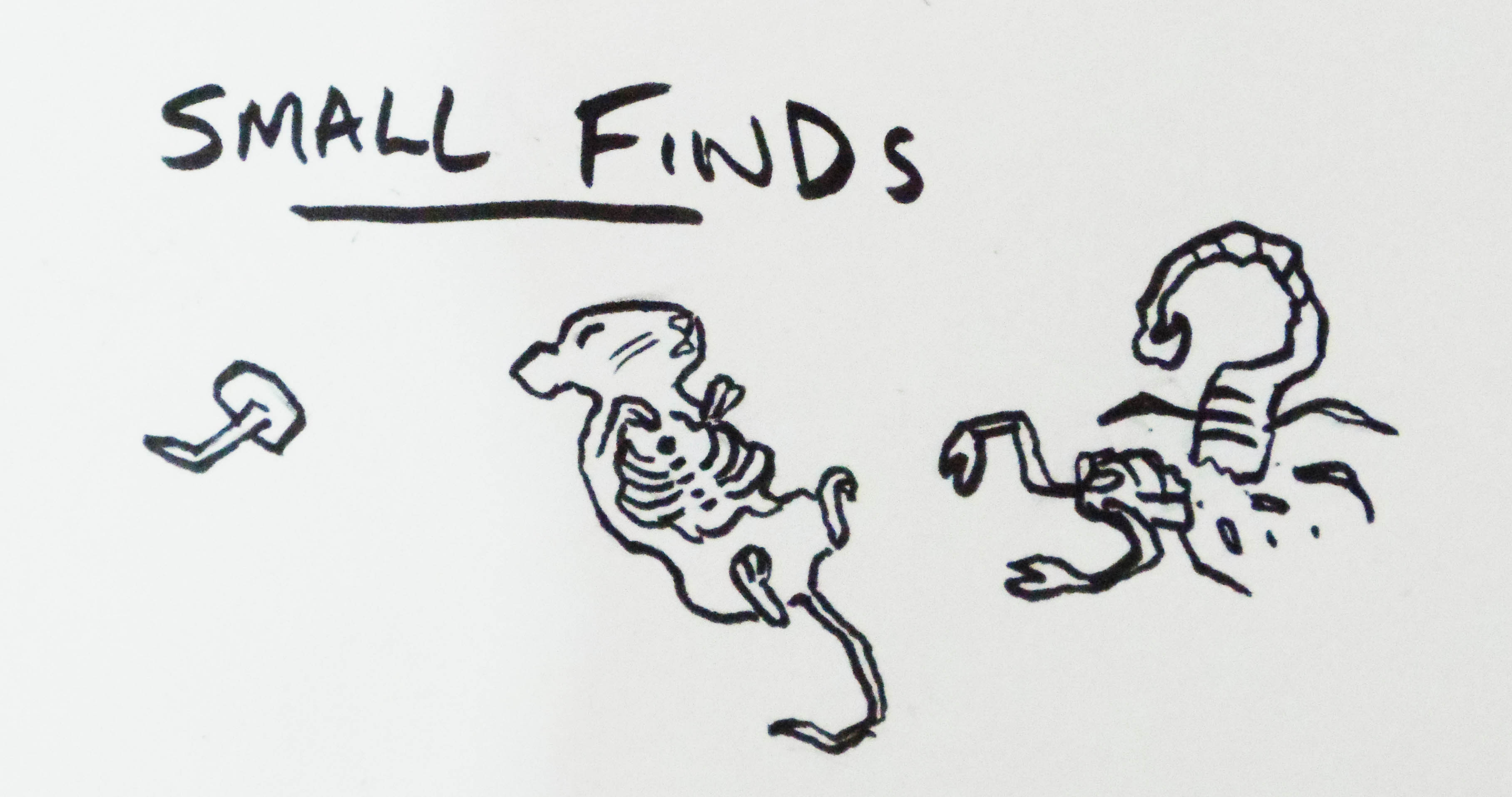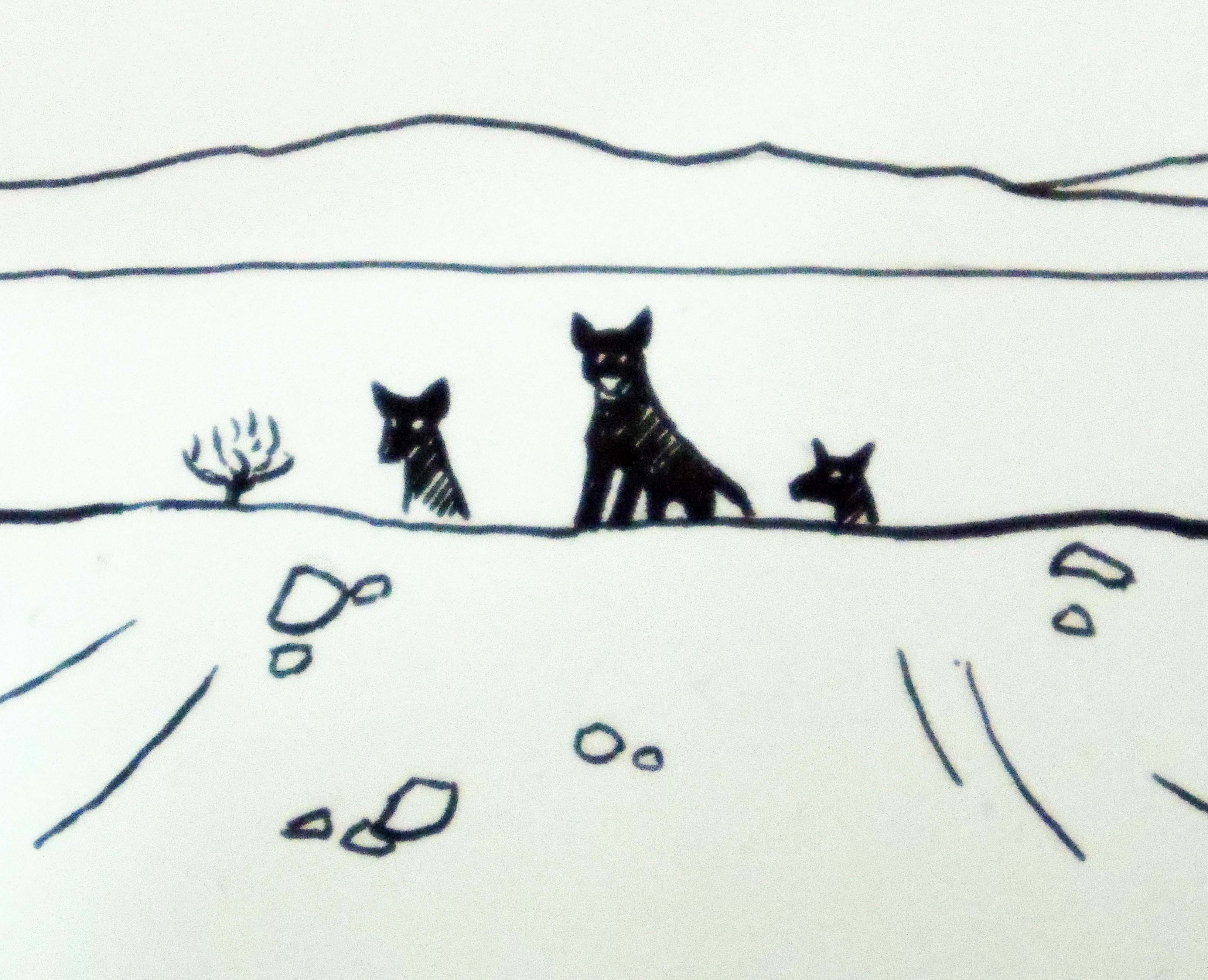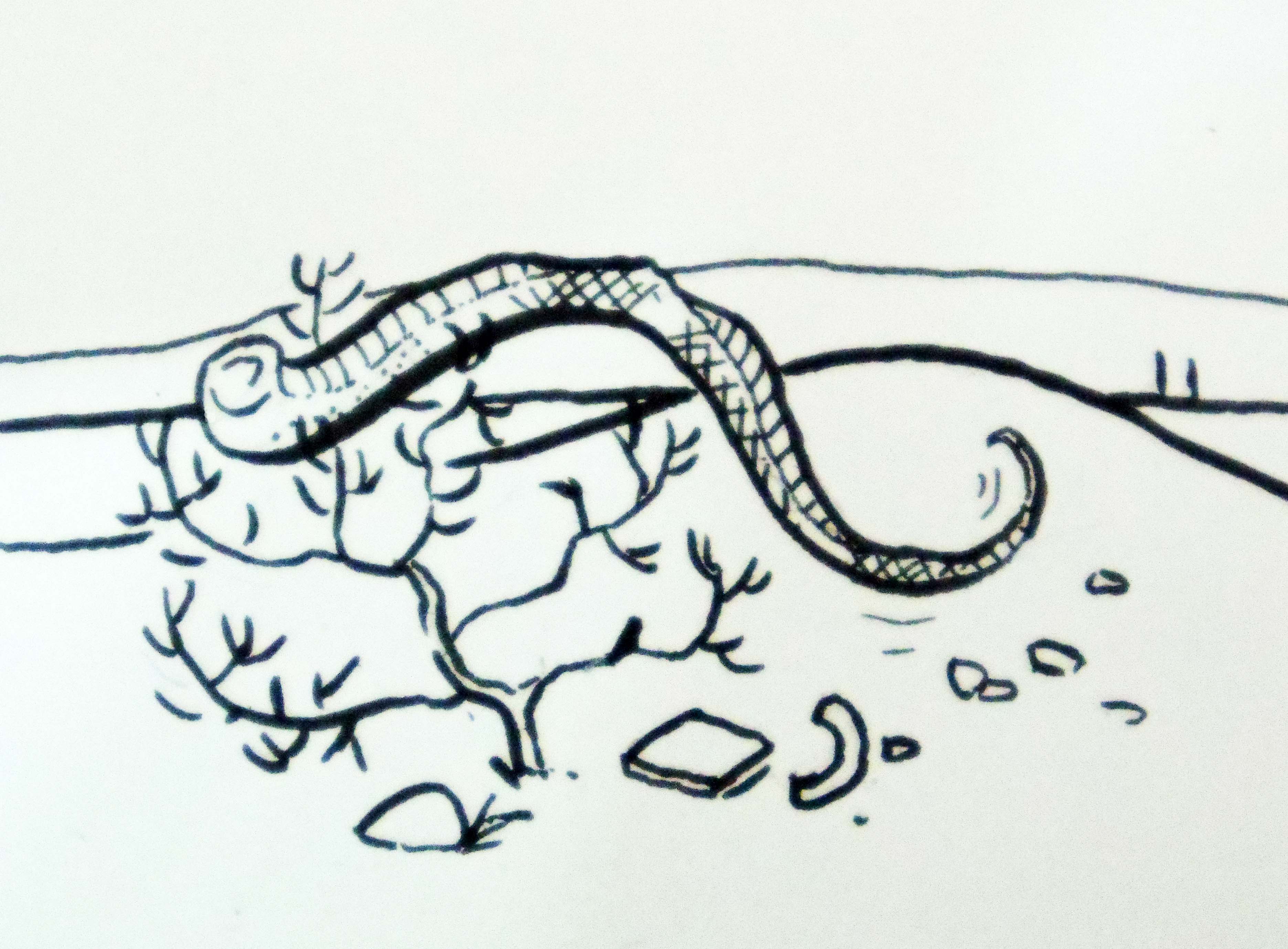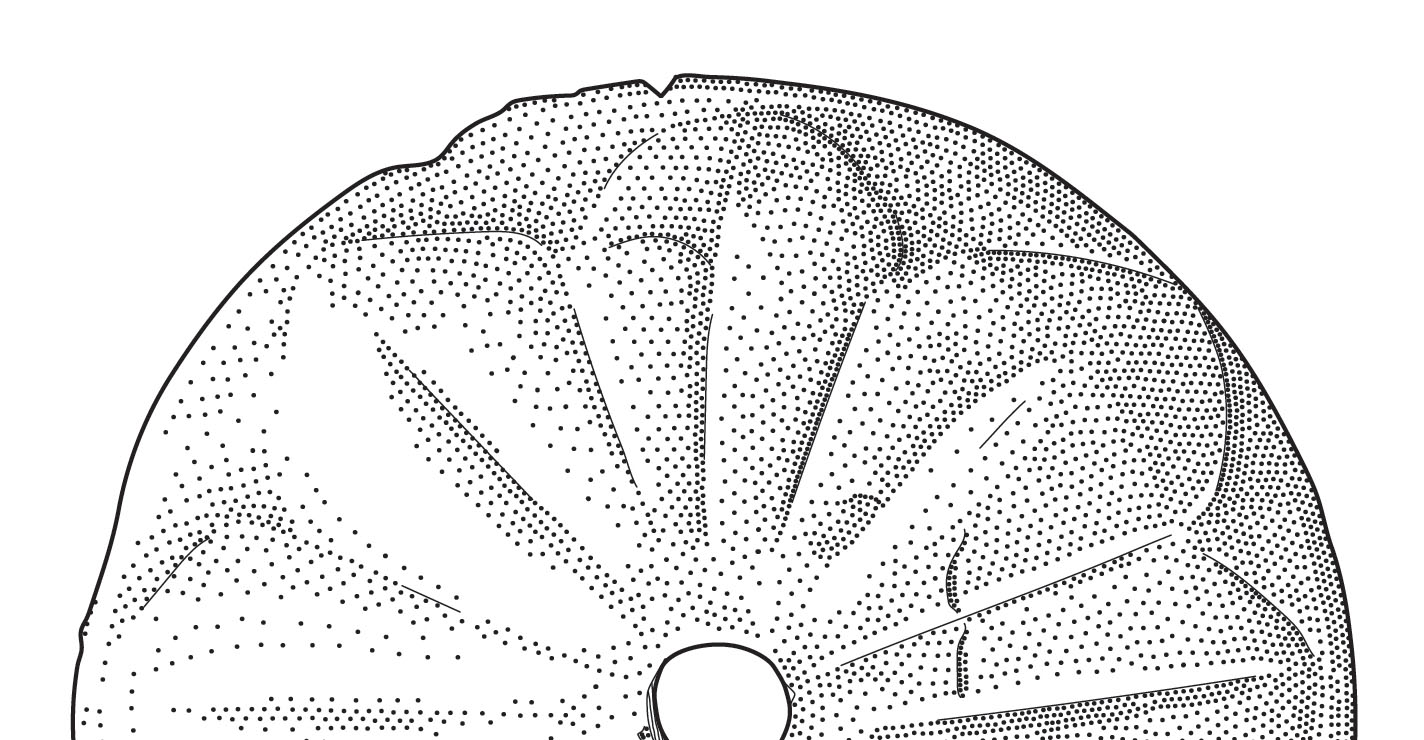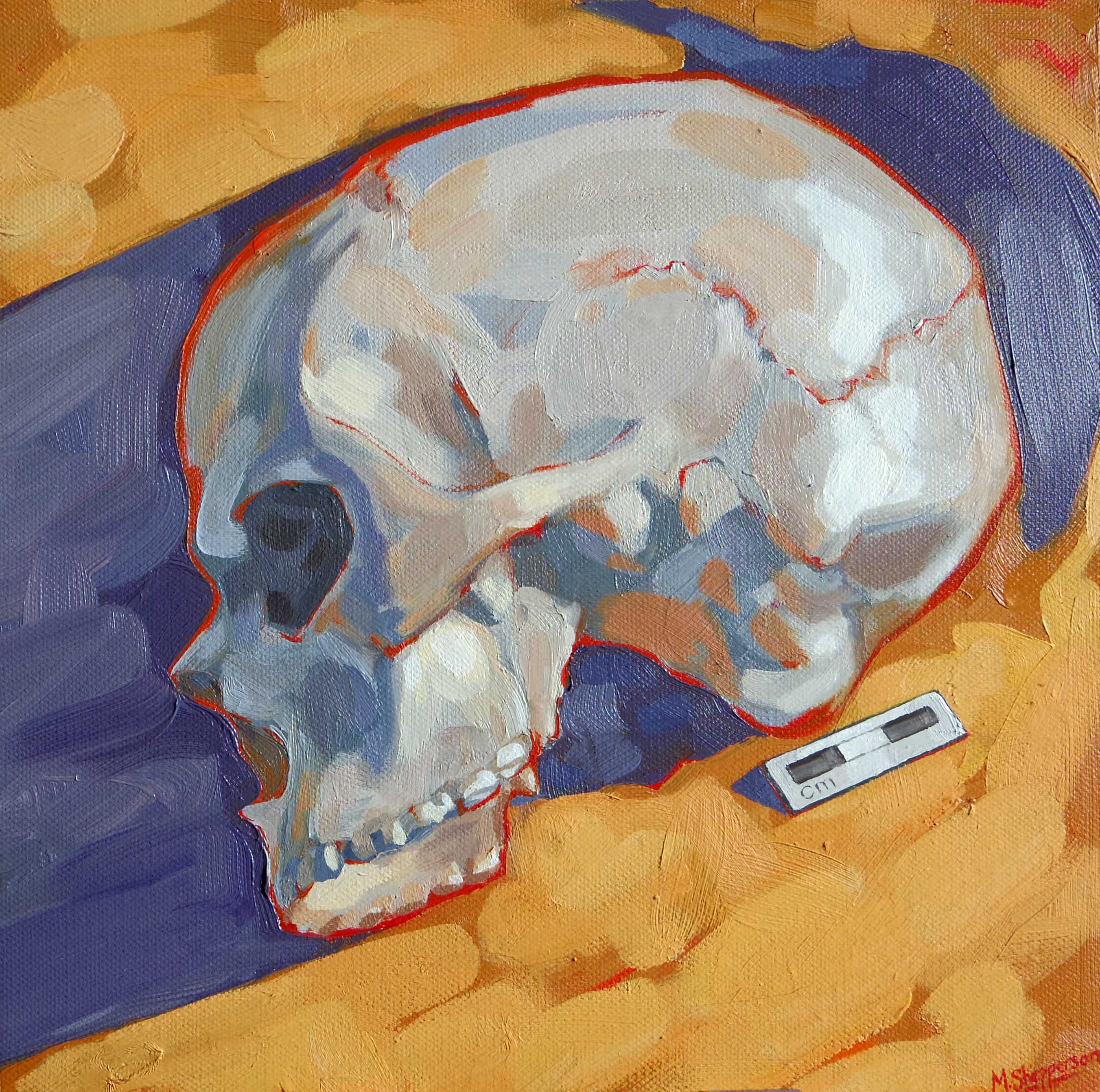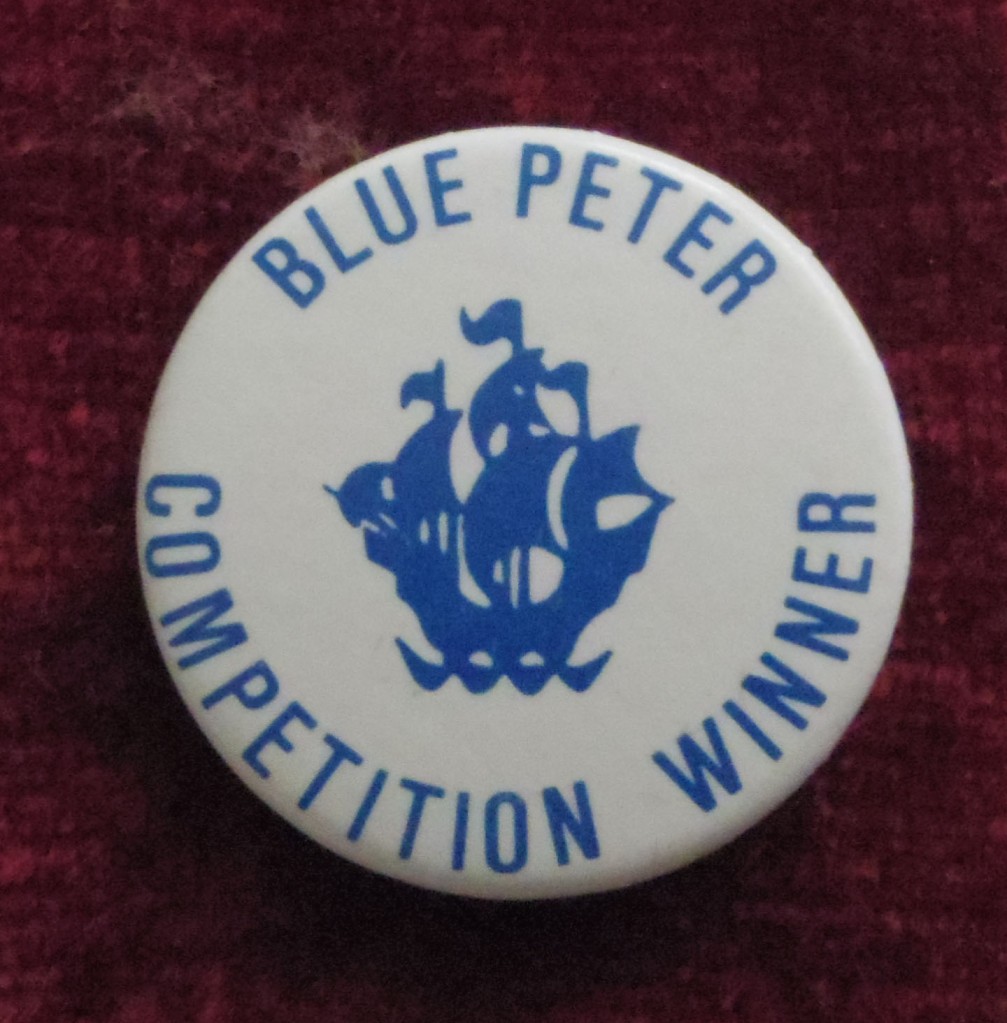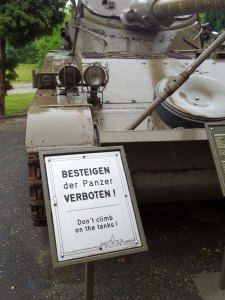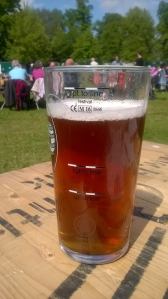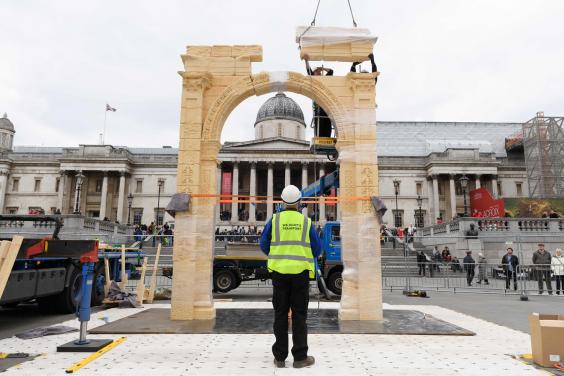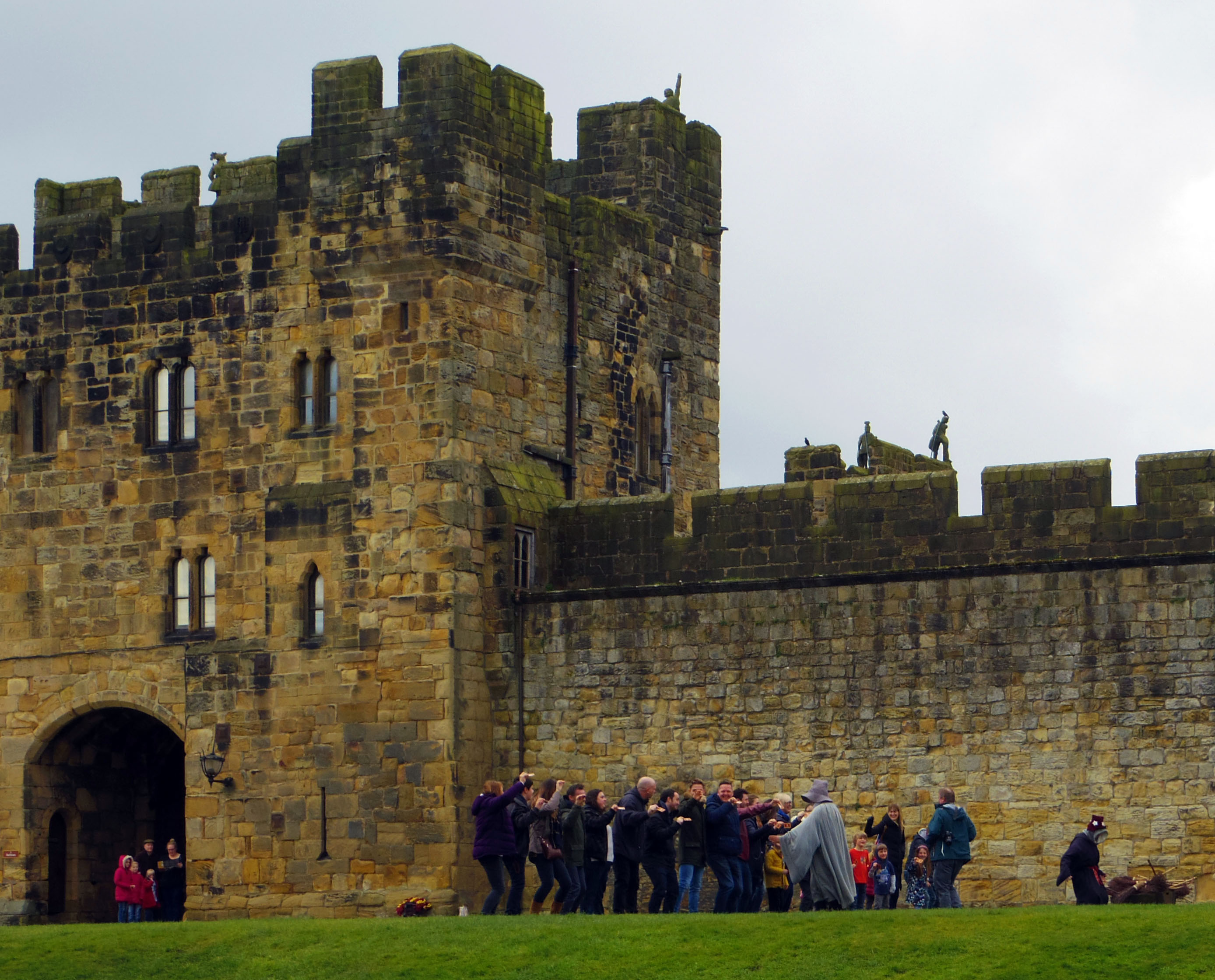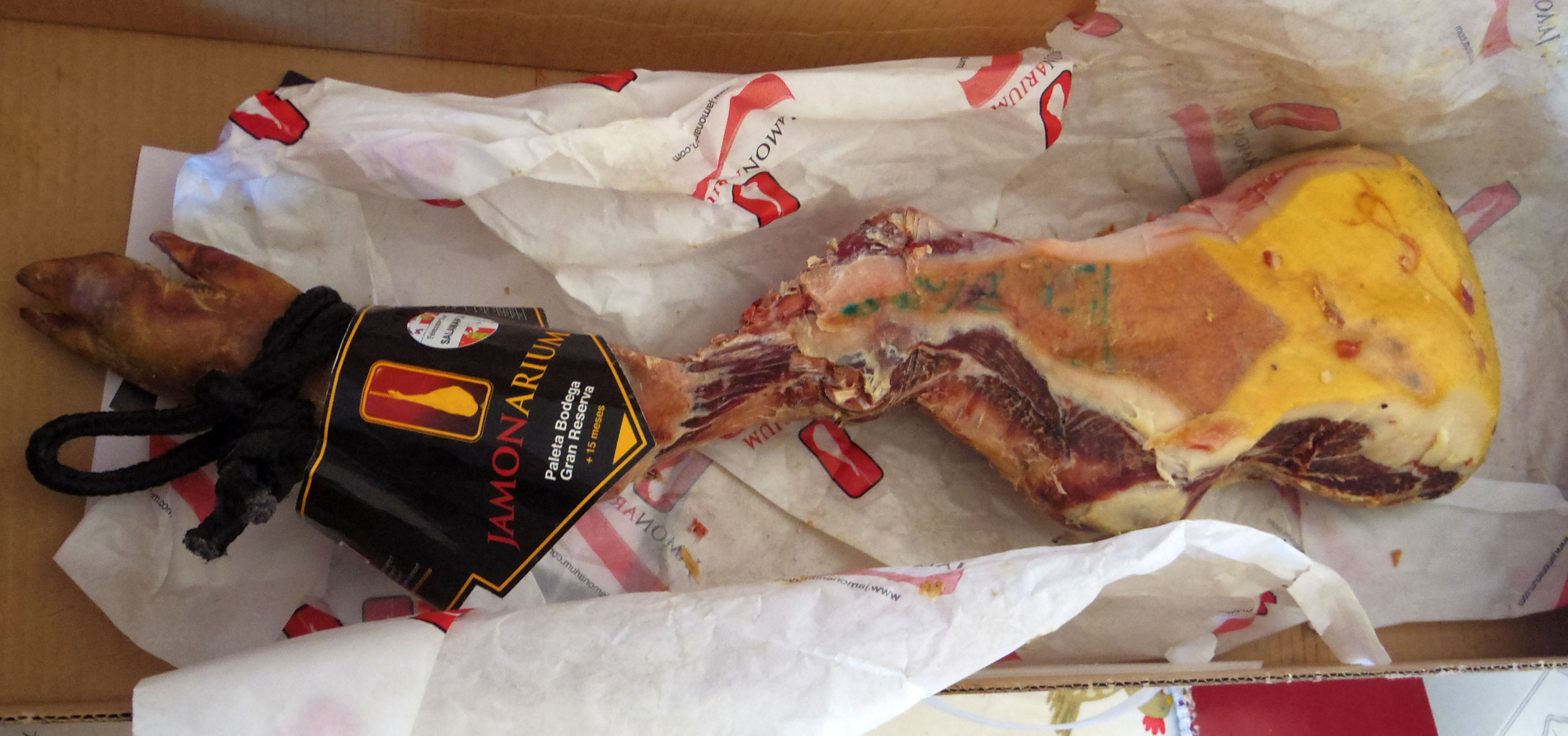[Trigger warning: Dead kids]

When one is on a short-timescale test season, and need the excavation area to produce results quickly, there are a few things one can find that are really really fucking unhelpful. Unexploded ordnance is one example previously covered in this blog. Asbestos can also be fun. Thick layers of slope wash, or excessively deep plough zones can suck away time with little or no reward. However, probably the most dreaded object of the time-strapped excavator is the Late Intrusive Burial.
Of course, archaeologists are in the business of digging up dead people, and god knows I’ve disturbed a lot of people’s eternal* rest in my time, but some past people are more welcome in the trench than others. The label “Late Intrusive” is a somewhat grubby term, because it betrays one of our archaeological ideals as a lie; that all archaeology is equal. It’s “Late” because it’s later than the stuff I’m interested in, and it’s “Intrusive” because it’s cut into the stuff I’m interested in (i.e, I am not interested in it). In the Olden Days of archaeology, inconvenient material between you and the stuff you wanted could be unceremoniously disposed of as “late over-burden” (annoying medieval church over your classical temple, annoying classical temple over your Iron Age citadel, and so on), but in these more enlightened times it all has to be recorded whether you give a shit about it or not.

Anyway, this is all a very long-winded explanation for why I’m so irritated by having to waste a whole week digging up recent-ish dead people when I should be looking for Iron Age walls. Even worse, we’ve hit a baby cemetery. It’s pretty common for archaeological mounds to get used as cemeteries in later periods, but we had been hoping that ours might have been spared; firstly, because it’s teeny tiny, and secondly because it’s been very thoroughly ploughed, hopefully removing any inconvenient corpses before we got there. Alas no, there are at least half a dozen plough-dodging dead infants in my 5x5m trench. Babies might be tiny, but the little bastards have a hundred more bones than an adult does, and they’re stupidly small and fragile. It’s a bit like trying to dig up a bowl full of soggy Cheerios with a soft brush: Like their living counterparts, they’re much more annoying than adults. And so I began this morning, just like the last three mornings, by wailing across the trench at S “Shitting hell! It’s another goddamnmotherfuckingbastard baby”. This is the project moto for the 2023 season.

*eternal being the length of time between being buried and being un-buried by erosion, agriculture, infrastructure, developers, flooding, animals, body snatchers, looters, or very occasionally, research archaeologists. Even in a nice, well-maintained cemetery, you’re likely to get disinterred in favour of someone younger after a couple of centuries. In most cases you won’t be there too long, so don’t get comfortable people.



